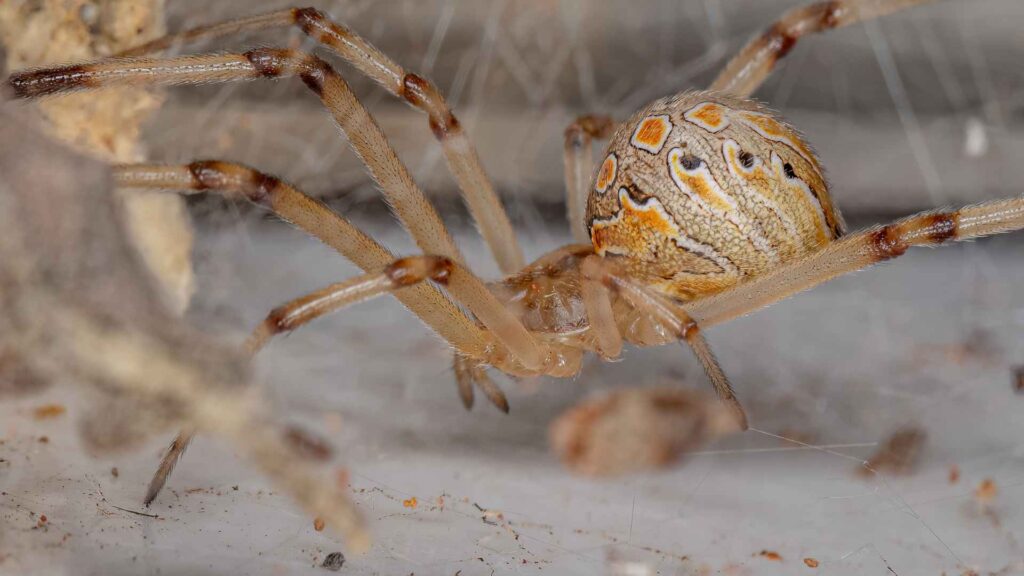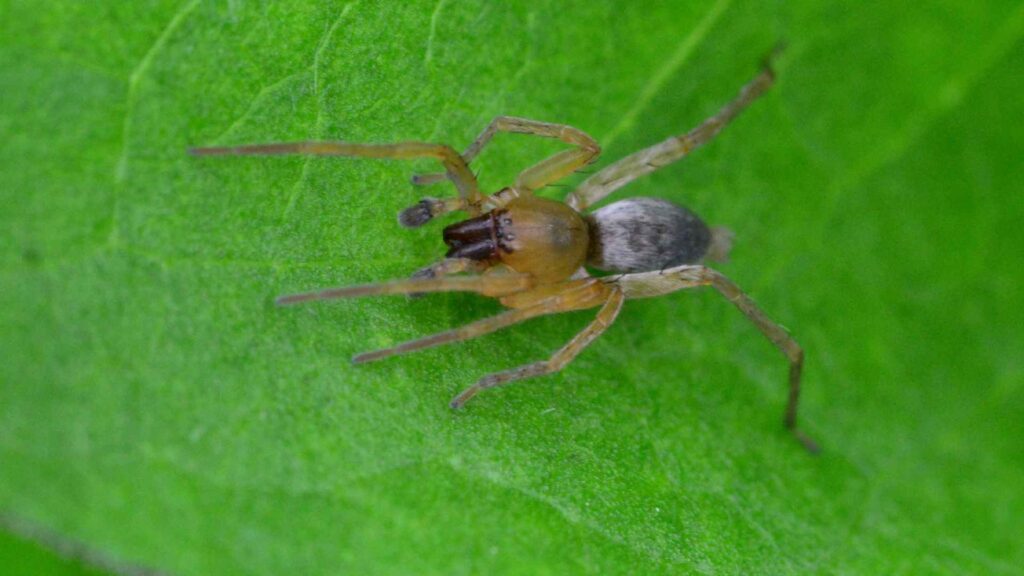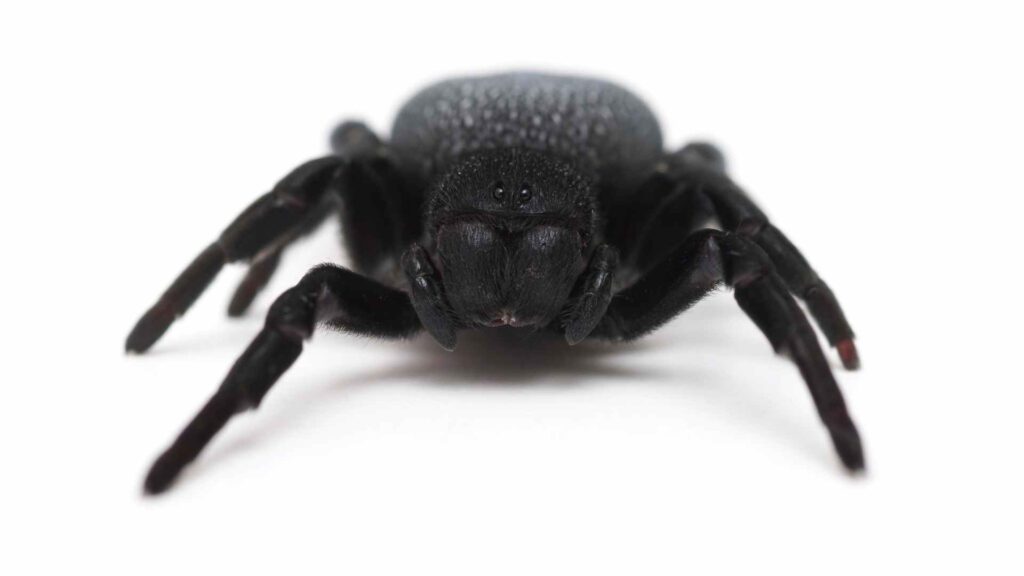Table Of Content
ToggleDid you know that despite California’s diverse spider population, only a handful actually pose a threat with their bites? If you’re worried about these eight-legged residents, we’ve got you covered.
In this guide, we’ll help you identify the venomous spiders in California, understand their behavior, and take steps to minimize the risk of bites.
California is home to several venomous spider species, each with distinct characteristics and habitats:

Identification:
Habitat:
Say No to Spiders: Let Our Professionals Handle Them!

Identification:
Habitat:

Identification:
Habitat:
It’s important to remember that most spider bites are not serious, and spiders would rather avoid humans than confront them. However, if you suspect a spider bite, it’s always best to consult a healthcare professional.
Knowing how to distinguish biting grass spiders from harmless ones is key. Here’s a breakdown:
Keep Spiders at Bay: Our Team is Ready to Help!
While most spider bites in California are mild and cause localized discomfort, prompt attention is crucial if bitten by a venomous spider. Here’s what to watch for:

Simple precautions can significantly reduce your risk of encountering biting spiders in California:
Here are some common myths debunked:
| Myth | Fact |
|---|---|
| Venomous spiders are aggressive and attack humans readily. | Spider bites are almost always defensive in nature. |
| Spider bites are always life-threatening. | While some bites can be serious, most lead to mild, localized reactions. |
| All spiders found indoors are dangerous. | Many common indoor spiders are harmless to humans. |
| Spiders bite humans intentionally. | Spiders typically only bite in self-defense. |
| Brown recluse spiders are common everywhere. | Brown recluse spiders have limited geographic ranges. |
| You’ll always feel a spider bite immediately. | Some spider bites may go unnoticed initially. |
Understanding these distinctions helps manage anxiety around spider encounters.
Bid Spiders Farewell: Contact Our Pest Control Service Now!
As a pest control expert, I emphasize the importance of awareness and education when dealing with biting spiders in California. By learning to identify these spiders, understanding their behavior, and taking preventive measures, you can significantly reduce the risk of bites. Remember, most spiders prefer to avoid humans. However, if bitten, seek prompt medical attention for a proper diagnosis and treatment.
Enjoy California’s beautiful outdoors responsibly, and prioritize safety by following the tips mentioned above.
Yes, California house spiders can bite, but their venom is generally not harmful to humans and rarely causes significant reactions. These spiders typically bite only when threatened or provoked, and their bites are usually mild and similar to a mosquito bite.
Symptoms of a spider bite in California can vary depending on the type of spider. Common symptoms may include redness, swelling, pain, and itching at the bite site. In some cases, individuals may experience mild systemic reactions such as nausea, headache, or muscle pain.
The most dangerous spider in California is generally considered to be the black widow (Latrodectus hesperus). Black widow spider bites can cause severe pain, muscle cramps, nausea, and other systemic symptoms, especially in sensitive individuals or if left untreated.
One of the most common spiders in California is the cellar spider (Pholcidae), also known as the daddy longlegs spider. These spiders are often found in homes, garages, and other indoor areas, where they build their irregular webs in corners and crevices.
Your trusted pest control experts in Southern California. Keeping your neighborhood pest-free!